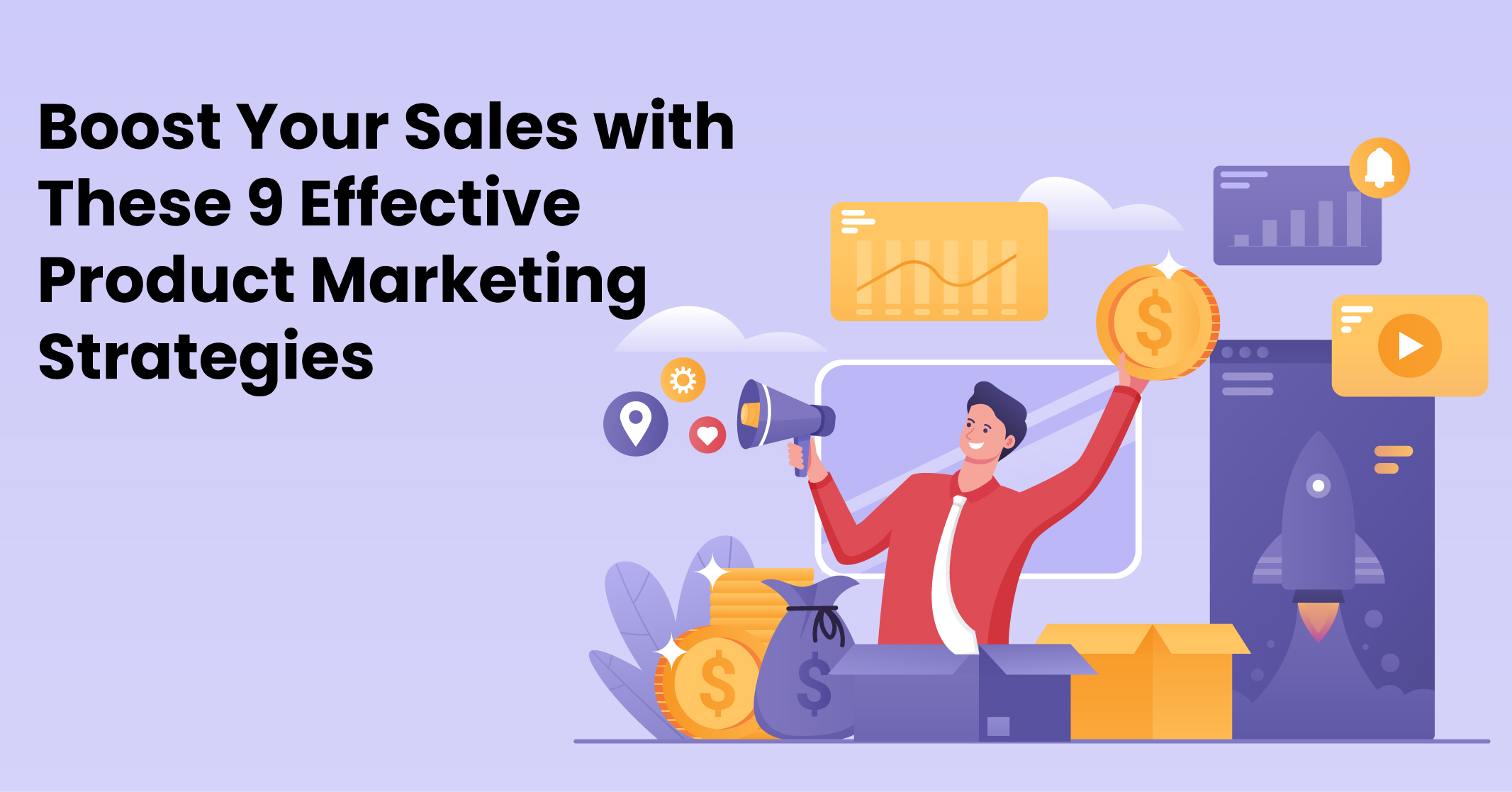I hope you enjoy reading this blog post.
If you want to get more traffic, Contact Us

Click Here - Free 30-Minute Strategy Session
Be quick! FREE spots are almost gone for this Month. Free Quote

SEO procurement refers to the process of sourcing, evaluating, and acquiring search engine optimisation services or tools to improve an organisation’s online presence. By identifying the right SEO partners, businesses aim to enhance their search rankings, increase visibility, and drive relevant traffic to their websites. Proper procurement ensures better alignment with long-term goals and maximises return on investment.
It encompasses several steps, including:

Click Here – Free 30-Minute Strategy Session
Be quick! FREE spots are almost gone for this Month
Effective SEO procurement empowers companies to adapt to industry trends, capitalise on growth opportunities, and strengthen their digital strategies.
Effective keyword research is a cornerstone of a successful SEO procurement strategy. It helps organisations identify search terms most relevant to their target audience and business objectives. This process involves analysing user intent, competitive keywords, and search volume trends to optimise content and drive traffic. Keyword segmentation enables businesses to tailor strategies for specific marketing goals, such as brand awareness or lead generation.
By leveraging analytical tools for keyword tracking and performance evaluation, procurement teams can refine SEO campaigns for better results. Furthermore, prioritising long-tail keywords offers opportunities for niche targeting, ensuring higher conversion rates and sustainable growth within competitive markets.
Selecting SEO tools that align with procurement efficiency requires understanding key factors. Businesses should identify specific goals, such as keyword optimisation, competitor analysis, or technical audits. Prioritising tools that integrate well with existing systems ensures seamless workflows.
Look for platforms offering scalability, allowing adjustments as the digital strategy evolves. User-friendly interfaces and robust customer support reduce complexity, helping teams maximise productivity. Evaluating cost-effectiveness is crucial; focus on tools offering comprehensive features without exceeding budget limits.
Consider tools with actionable insights and reporting capabilities to drive data-backed decisions. Security and updates are equally essential to ensure relevance and compliance with search engine changes.
Data-driven approaches enable organisations to streamline SEO campaign procurement by ensuring decisions align with measurable outcomes. By analysing search trends, competitor behaviour, and user intent, procurement teams can prioritise investments in services that yield optimal results.
Key strategies involve:
Through these methodologies, organisations can allocate resources effectively, negotiate with service providers confidently, and refine their SEO tactics over time. Leveraging reliable data ensures procurement decisions remain accurate and strategic.
Engaging skilled SEO experts requires a structured approach to ensure alignment with business goals. Organisations should:
Outsourcing SEO demands vigilance on:
Nurturing collaboration fosters sustained digital strategy success.
Establishing durable relationships with SEO vendors is critical for achieving consistent, long-term gains in search rankings and online visibility. Businesses should prioritise collaboration with vendors who align with their organisational goals and demonstrate a commitment to ethical SEO practices.
Key steps to foster these partnerships include:
Such partnerships enable businesses to adapt to changes while maintaining a competitive advantage in search engine landscapes.
Effective negotiation in SEO procurement demands a well-structured approach to align services with strategic goals. To optimise return on investment (ROI), organisations must:
Integrating cost-effective SEO procurement practices positions companies for sustained competitive advantage in digital strategy execution.
A structured SEO procurement process prioritises transparency and accountability, ensuring ethical practices and informed decision-making. By standardising procurement frameworks, organisations can eliminate ambiguity, enabling clearer communication between stakeholders.
Key measures include:
Such steps mitigate risks like vendor bias and misallocation of resources, enabling businesses to uphold integrity while aligning procurement with digital strategy goals.
Data-driven insights are pivotal in SEO procurement, enabling organisations to evaluate vendor performance and optimise resource allocation. By leveraging analytics, teams can monitor key performance indicators (KPIs) such as keyword rankings, organic traffic, and backlink quality.
Reporting tools offer actionable visualisations that uncover trends, helping procurement teams identify service gaps or underperforming agencies. Consistent reporting ensures better alignment with SEO strategy goals and highlights areas needing improvement.
Advanced analytics platforms integrate predictive modelling to forecast outcomes, empowering decision-makers to anticipate results before engaging services. Additionally, segmenting reports based on campaign metrics enhances clarity and supports personalised vendor evaluations, ensuring cost efficiency and maximising ROI.
As search engine algorithms evolve, SEO procurement is set to prioritise adaptability and data-driven decision-making. Artificial intelligence and machine learning will play a pivotal role in selecting tools and agencies that provide predictive analytics and automation. Organisations will increasingly seek SEO partners skilled in voice search and visual search optimisation, reflecting user behaviour shifts.
Sustainability in digital marketing will also influence procurement, prompting a shift towards ethical, transparent practices. Multi-channel integration, combining SEO with PPC, social media, and PR strategies, will become vital. Stakeholders must track emerging technologies, such as augmented reality, to meet future SEO demands effectively.
Optimising procurement processes in SEO ensures efficiency, scalability, and alignment with organisational goals. Focusing on supplier selection, keyword research tools, and analytics solutions helps achieve measurable results. Transparent procurement practices lead to improved collaboration with vendors who provide cutting-edge insights and innovative strategies. Streamlining workflows enhances budget allocation, enabling businesses to invest in high-quality SEO services and solutions. Integrating clear documentation and data analysis into the procurement cycle supports informed decision-making, helping businesses adapt to changing market trends. By refining these processes, organisations can better leverage SEO investment to achieve higher search rankings and stronger digital visibility.

LEAVE A REPLY